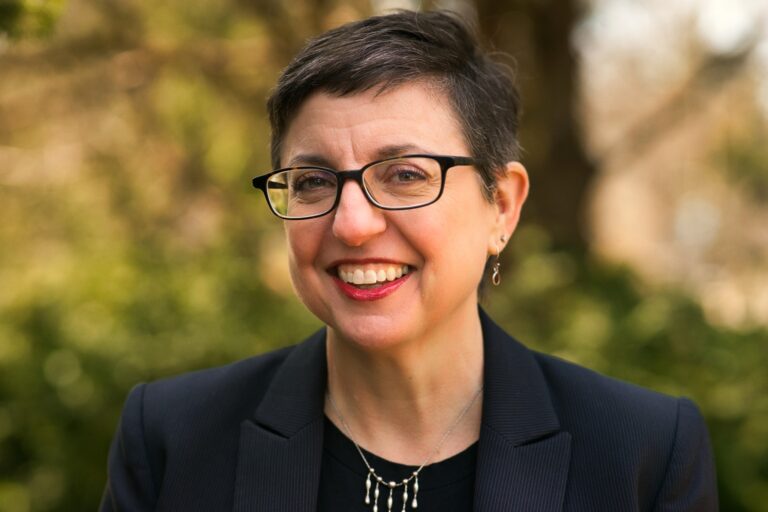His work is a little bit retro, a little bit modern, and all things classical. As the new Director of the MSU Excavations at Isthmia in Greece, Associate Professor Jon Frey has dug deep into content to create a new website for the decades-old archaeology project.
In fall 2020, Frey, a classical archeologist in MSU’s Department of Art, Art History, and Design, began to oversee the part of the excavations near Corinth, Greece, that had been sponsored by Ohio State University since 1987. Charging forward, Frey began expanding the digital archive for the 60-year-old dig and started looking ahead to post-pandemic days when on-site activity could resume.
In his new leadership role, Frey has accelerated the study and digitization of notes, photographs, field books, reports, and artifacts held in remote on-site storage at the Sanctuary of Poseidon at Isthmia. As part of that process, he developed a new public-facing website hosted by MSU where information is posted and began strategizing how to increase activity level on Facebook, Twitter, Instagram, and other social media.

“The OSU Excavations already had its own website and social media but taking over these outlets didn’t seem right. We felt it was important to show respect and honor the past identity of the dig as well as the experiences, scholarship, and commitment of people who have worked there,” Frey said. “But we also wanted to reflect the change in the dig’s identity, too. Rebranding the website and ramping up social media seemed like a perfect solution.”
Reflective Design
The design and tone of the new website combines classic and contemporary elements, reflecting the omnipresent application of digital technologies in modern-day archaeology. Visitors to the website will see a carefully curated blend of black-and-white and color photographs taken throughout the dig’s collaborative history.
The website includes educational and informative narratives about the Isthmia site and its mythology as well as in-depth descriptions of the upper and lower sanctuaries. Links to reports, research, and resources are included as well as links to recent news, activities, and social media. Biographies of current faculty, graduate students, and information on various giving opportunities also are part of the content.
We’re looking to expand storytelling through narratives and pictures. You’ll also be able to access published reports, results, and resources as part of our educational and research-driven focus.
Jon Frey, Associate Professor
“We’re looking to expand storytelling through narratives and pictures,” Frey said. “You’ll also be able to access published reports, results, and resources as part of our educational and research-driven focus.”
The website reflects Frey’s emphasis on sharing the results derived from decades of archaeological exploration at Isthmia. Frey has been digitizing and posting material online for more than 10 years with the assistance of the university’s MATRIX Center for Digital Humanities and Social Science. He developed the revised website with input and assistance from educational design specialists in MSU’s College of Arts & Letters.

Although the COVID-19 pandemic restricted travel to Greece and to the dig for more than a year, Frey has steadily redirected part of his focus toward forging liaisons. He points out that the new website provides all content in both English and Greek, which he hopes will help build local connections in the Mediterranean. He also has connected with Spartan alumni, retired faculty, and others who worked at the dig, with an eye toward compiling and adding their reflections to the website. A goal, too, is to foster and organize virtual and in-person reunions when the time is right.
Recently, Frey talked with an alumnus who was at the site in 1967 and went on to build a career in the computer industry. Others have provided testimonials about how the experience unearthed a passion for the humanities and history that continues to shape their perspective and career direction.
“It’s been neat to see where people go in their lives,” Frey said. “Some stay in the field and become professors or researchers, others go in dramatically different directions. It’s fascinating to see how being involved at the dig during those summer months remains influential in their lives.”
Interested in the Legacy Dig and learning more about the ancient site? Check out the new Excavations at Isthmia website.


